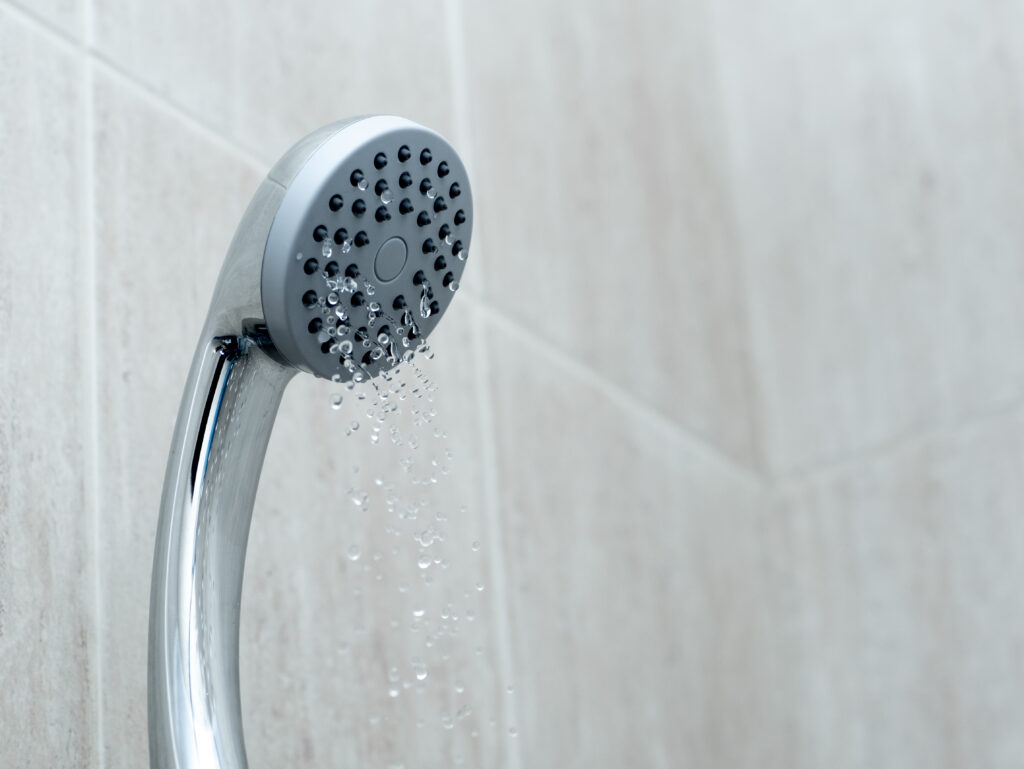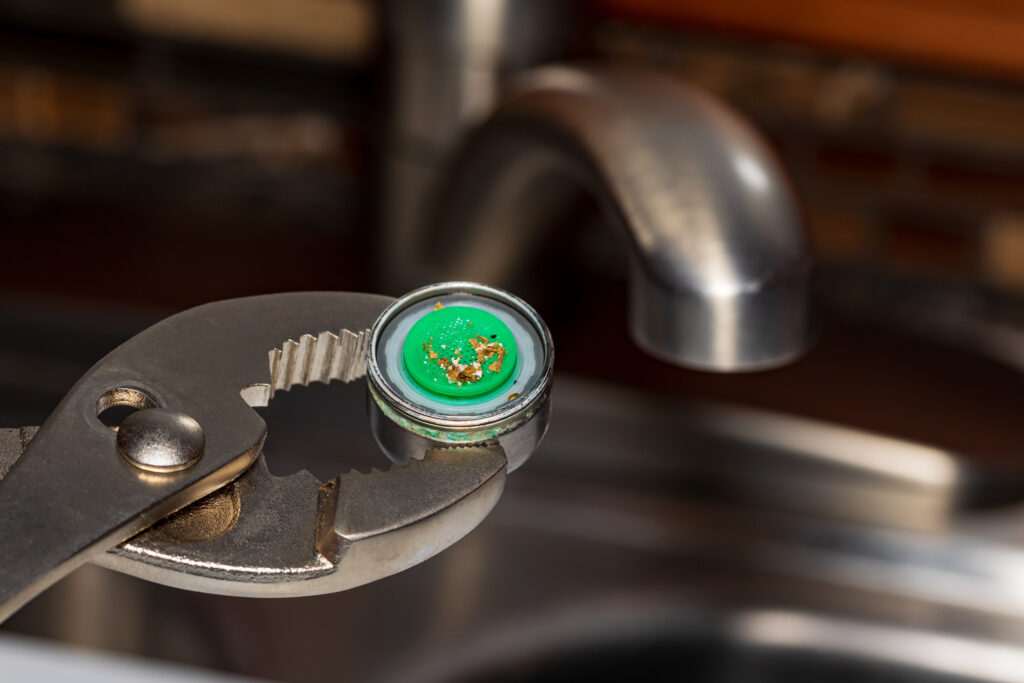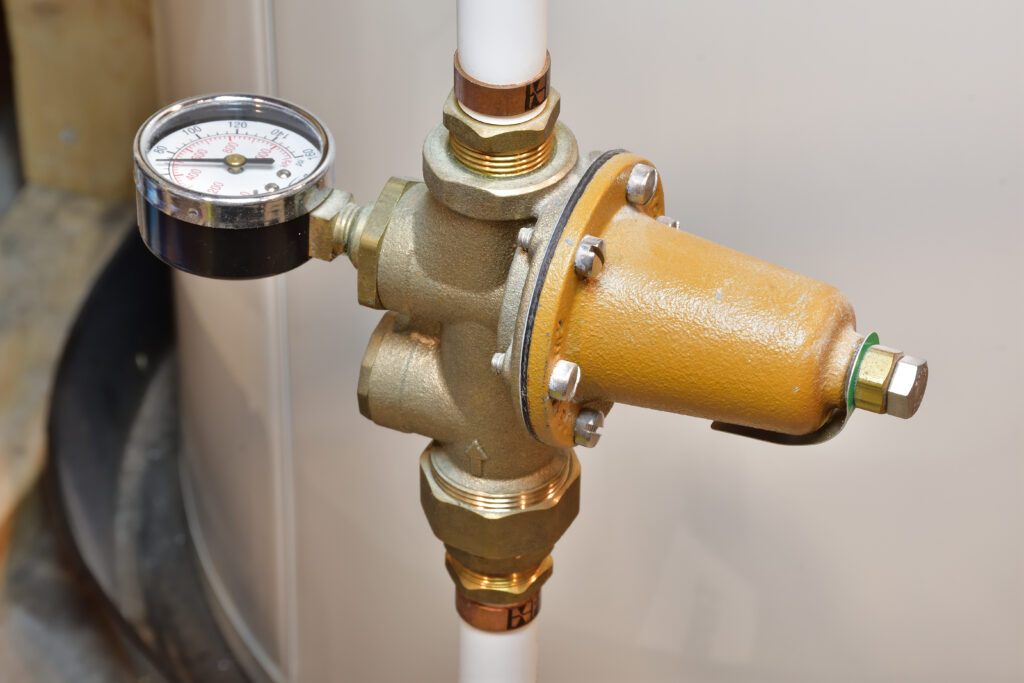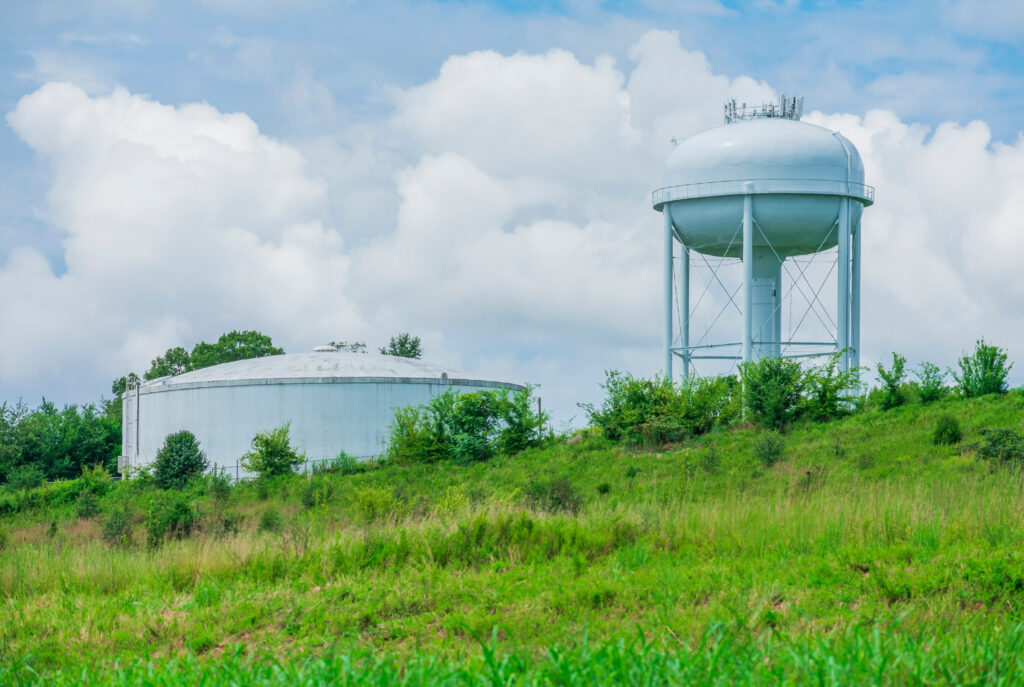
Low or inconsistent water pressure can be frustrating—whether it’s a trickle from your showerhead or a sink that takes forever to fill. Before calling in a plumber, there are a few simple checks homeowners can do to identify the cause of the problem. In many cases, these quick diagnostics can save time, money, and stress.
1. Check Multiple Fixtures
Is the low pressure happening in just one faucet, or across the entire home?
- Single fixture issue: Likely a clogged aerator, showerhead, or localized valve problem.
- Whole-house issue: Could be a main supply valve, pressure regulator, or municipal supply issue.
2. Inspect the Aerators and Showerheads

Mineral buildup or debris in faucet aerators and showerheads can reduce water flow significantly.
- Unscrew the aerator or showerhead.
- Rinse out sediment and soak in vinegar to dissolve mineral deposits.
- Reinstall and test flow again.
3. Confirm Main Shut-Off and Valves Are Fully Open
Sometimes, water pressure drops because a valve isn’t fully open after maintenance or repair work.
- Locate the main shut-off valve (usually near the water meter or where the main line enters your home).
- Ensure it’s fully open.
- Check any branch shut-off valves for individual fixtures as well.
4. Test the Pressure Regulator

Homes with municipal water often have a pressure regulator (a bell-shaped device near where the water line enters).
- If it’s failing, you may notice very low or very high pressure.
- A gauge can be attached to an outdoor spigot to measure PSI (normal household range is about 40–60 PSI).
5. Look for Leaks
Hidden leaks can lower pressure throughout the home. Signs include:
- Wet spots in the yard when it hasn’t rained.
- Damp drywall or ceilings.
- An unexplained increase in your water bill.
6. Consider Seasonal or Municipal Supply Issues

Sometimes the issue isn’t inside your home at all. Utility companies may be doing maintenance or demand may be higher during peak hours. Calling your water provider can confirm if it’s a temporary issue.
When to Call a Plumber

If these steps don’t resolve the problem—or if you notice signs of a serious leak, pipe corrosion, or regulator failure—it’s time to bring in a professional. Addressing water pressure problems quickly not only restores convenience but can also prevent long-term damage to plumbing systems. Get in contact with Wynnow today to fix your problem and keep your home’s water running smoothly. If you found this blog helpful, be sure to also check us out on Facebook, Instagram and X!

